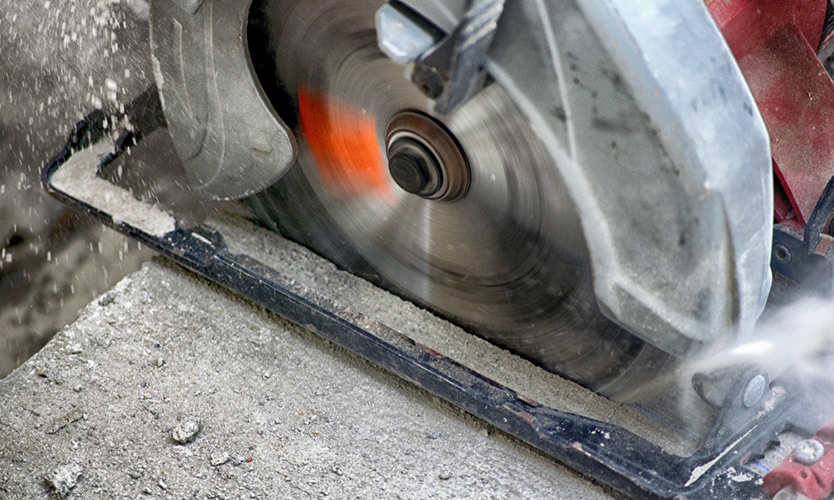Silica-related lung injuries prompt enforcement, mitigation efforts
- July 25, 2025
- Posted by: Web workers
- Category: Workers Comp

Regulators have stepped up efforts to mitigate occupational exposure to silica dust and the costly treatment of lung diseases often associated with stone-cutting fabrication work.
In August, eight years after the U.S. Occupational Safety and Health Administration issued a silica standard providing safeguards for workers, the agency fined a Chicago countertop manufacturer more than $1 million after learning that an employee required a double lung transplant after suffering “accelerated silicosis.”
The Washington State Department of Labor & Industries last month fined a marble and granite company nearly $320,000 for silica dust violations.
Also in August, California cited nine employers for silica-related injuries, and the state’s Department of Industrial Relations said it began ramping up efforts to better protect stone workers from incurable lung diseases. California Insurance Commissioner Ricardo Lara announced in July that his office was calling for a comprehensive study on silica dust exposure in the state’s workers comp system.
Silicosis, which is incurable and progressive, is a type of pulmonary fibrosis that is caused by breathing in small amounts of crystalline silica dust, according to the American Lung Association.
Silicosis-related workers compensation claims are often connected to jobs that involve cutting and finishing engineered stone countertops mainly for kitchen installations, experts say, adding that the illness is still considered rare in workers comp.
While there has been an increase in silicosis diagnoses in California, the illness still only accounts for a fraction of the state’s overall workers comp claims, according to Alex Swedlow, president of the California Workers’ Compensation Institute.
Between 2018 and 2023, silicosis comprised 0.001% of all California workers comp claims, while other lung diseases – such as byssinosis, asbestosis and black lung – had slightly higher claim counts, he said.
Because illnesses related to silica exposure are considered preventable, California is “increasing awareness to employers and employees of the dangerous effects of inhaling respirable crystalline silica dust from tasks like grinding, drilling and cutting,” Cal/OSHA stated in an August news release.
Federal OSHA in September 2023 announced a new initiative to conduct enhanced enforcement and compliance assistance efforts in the engineered stone fabrication and installation industries.
The initiative created procedures for “prioritizing federal OSHA inspections to identify and ensure prompt abatement of hazards in covered industries where workers face exposure to high levels of silica dust,” an OSHA spokeswoman wrote in an email.
Moreover, Silica dust-related workers comp claims can be costly, experts say.
The illnesses require “a lot of medications you don’t typically see in comp” and are typically not found in workers comp drug formularies, said Nikki Wilson, Omaha, Nebraska-based senior director of clinical pharmacy services for Mitchell Pharmacy Solutions, an Enlyte company.
“Unless you’ve got (a lung disease) accepted on a claim, you’re not usually going to see those types of drugs,” Ms. Wilson said.
In recent years, respiratory drugs have moved into the list of top 10 workers comp medications, according to Ms. Wilson.
“Those (drugs) have sort of been creeping up in cost and utilization within the work comp space,” Ms. Wilson said.



